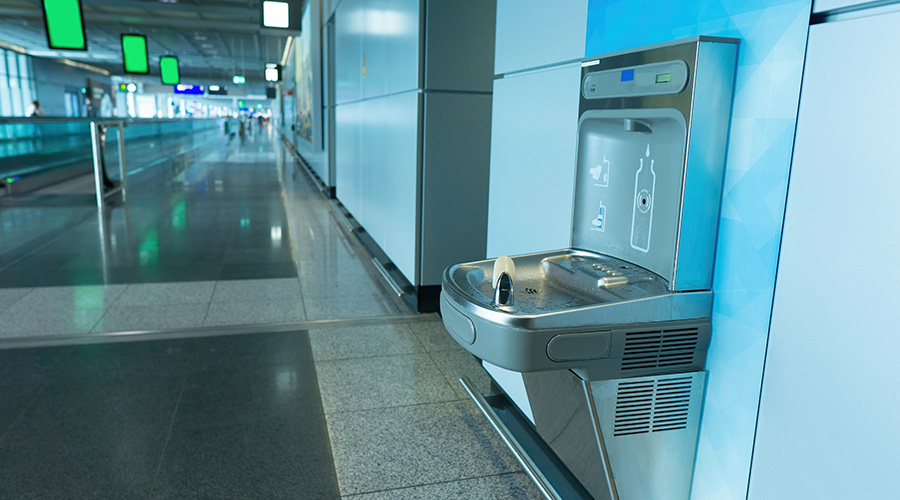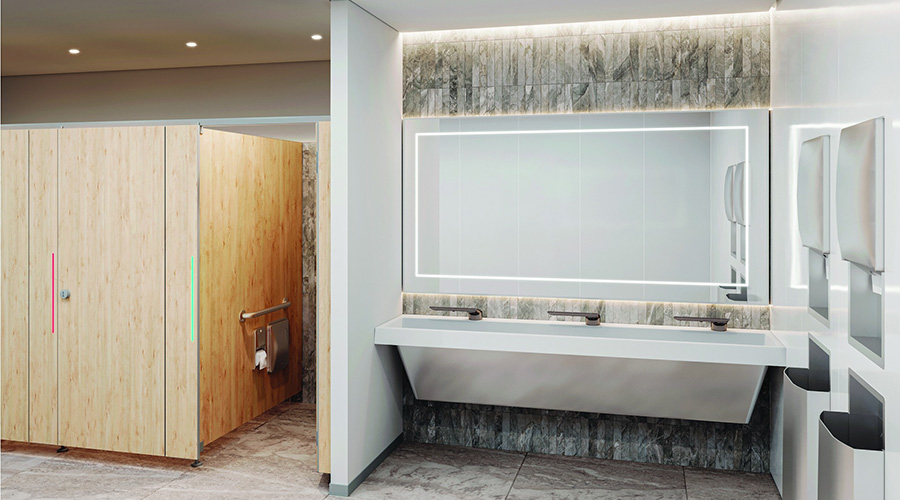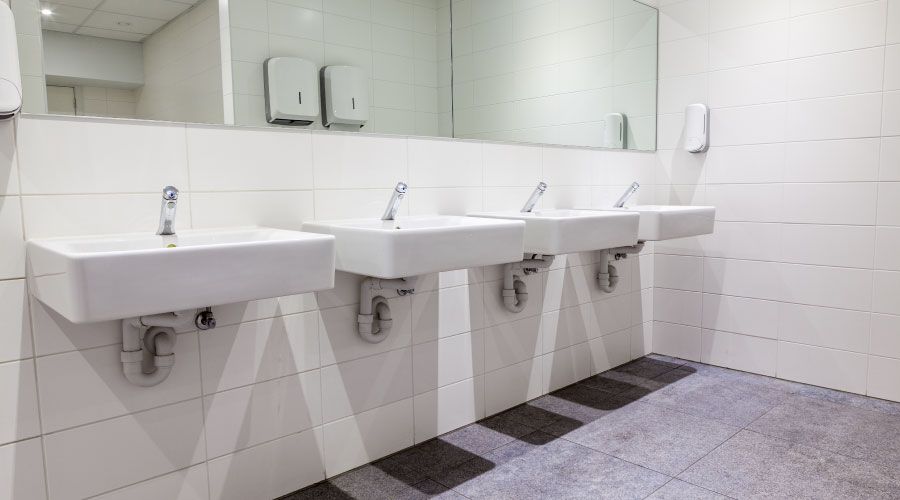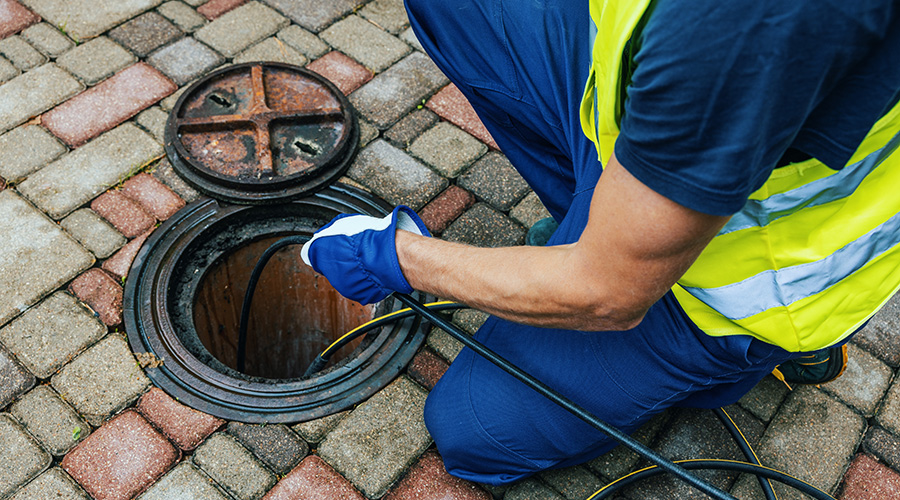Battery-Powered, Touch-Free Dispensers Improve Hygiene, Sustainability
Several areas in institutional and commercial facilities — including landscapes, parking lots, entrances, lobbies, and restrooms — are integral in creating a good first impression. Among these areas, restrooms create the greatest demands on maintenance managers in terms of cleanliness and hygiene. In short, restrooms need to be showcase clean at all times.
Visitors and occupants quickly form opinions about the way restrooms look and smell — as well as feel, although touch-free is the buzzword today. An important process in improving hygiene and appearance is specifying the most appropriate combination of paper products, soaps, and paper and soap dispensers to create the desired level of hygiene and cleanliness.
Do Not Touch
Increasingly, manufacturers of restroom products are offering battery-powered, touch-free dispensers for paper towels. Some units also allow cleaning crews to adjust the amount of towel dispensed per use. While toilet-paper dispensers are not automatic, they are designed to hold several rolls, including jumbo rolls, and to eliminate the need to touch the dispenser. When specifying paper-towel and toilet-paper dispensers, managers should ask about a stub-roll feature, which allows each roll to be used completely, to minimize waste.
Managers need to evaluate the types of paper towels and toilet tissue before making purchasing decisions. Automatic paper-towel dispensers all use a rolled towel, but other options for paper towels include C-fold, single-fold, or multi-fold towels that will not work with an automatic dispenser and, in many cases, are more expensive than a rolled towel.
Because of growing sustainability demands in institutional and commercial facilities, managers also need to consider whether to use toilet paper and paper towels that are 100 percent or partially recycled. In making the decision, managers should look for a seal or certification on the product indicating it meets standards for recycled content.
Related Topics:















